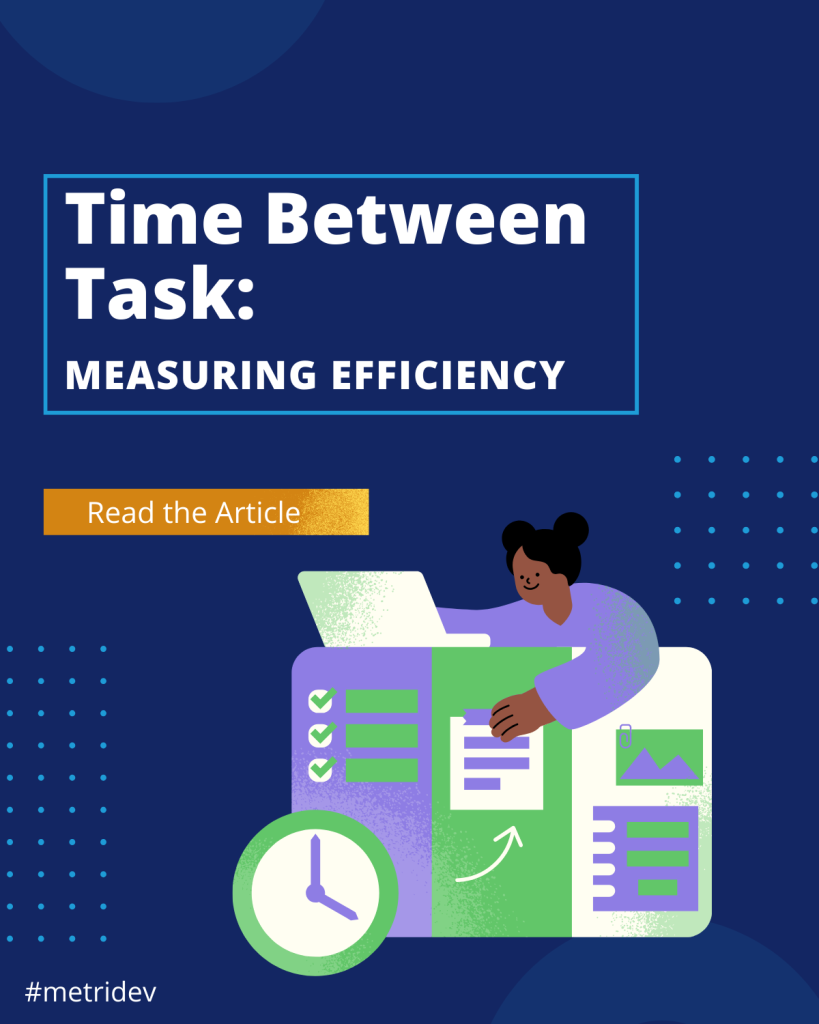Introduction
In today’s fast-paced business landscape, organizations are constantly seeking ways to optimize their processes and improve efficiency. One crucial aspect of this optimization is reducing the Lead Time for Changes (LTFC). This refers to the time it takes for a change to go from conception to implementation. In this article, we will explore what LTFC means, its importance, and how it can be measured and improved. By optimizing it, organizations can enhance their agility, reduce costs, and deliver value to their customers more rapidly.
What Does Lead Time for Changes Mean?
Lead time for changes (LTFC) encompasses the entire process of making and implementing modifications within an organization. It starts with the identification of the need for a change and ends when the change is fully implemented and operational. This includes activities such as planning, development, testing, deployment, and validation. LTFC is an essential metric for organizations as it provides insights into the efficiency of their change management processes.
Importance of Optimizing Lead Time for Changes
Optimizing lead time for changes has several benefits for organizations. Firstly, it allows them to respond more quickly to market demands and customer needs. In today’s competitive landscape, the ability to deliver changes rapidly can be a significant differentiator. Secondly, reducing LTFC enhances organizational agility. It enables organizations to adapt to changing circumstances, such as market trends or customer preferences, with greater ease. Thirdly, optimizing LTFC can result in cost savings. By reducing the time it takes to implement changes, organizations can minimize the resources required for change management activities.
DORA Metrics: Lead Time for Changes
The DevOps Research and Assessment (DORA) metrics are widely recognized as industry standards for measuring software delivery performance. These metrics provide valuable insights into an organization’s ability to deliver changes efficiently. One of the key DORA metrics is lead time for changes. By measuring it, organizations can assess the effectiveness of their change management processes and identify areas for improvement.
How to Measure Lead Time for Changes
Measuring lead time for changes (LTFC) requires organizations to track the entire lifecycle of a change, from its initiation to its completion. This can be achieved by utilizing tools or platforms that capture data related to change management activities. By analyzing this data, organizations can calculate the average LTFC and identify any outliers or bottlenecks in their processes. Measuring LTFC on a regular basis provides organizations with the necessary insights to optimize their change management practices.

Key Factors that Affects It
Several factors can influence the lead time for changes (LTFC) within an organization. Firstly, the complexity of a change can impact the time required for its implementation. More complex modifications may involve additional planning, development, or testing activities, thereby increasing the lead time. Secondly, the availability of resources, such as skilled personnel or necessary infrastructure, can affect lead time. Insufficient resources may result in delays, prolonging the overall LTFC. Lastly, the level of collaboration and communication within an organization can impact lead time. Effective collaboration and communication facilitate smoother change management processes.
Lead Time for Changes Calculation
Calculating lead time for changes (LTFC) involves determining the time it takes for a change to move through each stage of the change management process. This includes the time spent on planning, development, testing, deployment, and validation. By summing up the time spent on each stage, organizations can calculate the total LTFC. This calculation provides organizations with a quantitative measure of their change management efficiency.
Lead Time for Changes and DevOps
DevOps practices and principles have gained significant traction in recent years, and for a good reason. DevOps emphasizes collaboration, automation, and continuous improvement, all of which contribute to optimizing lead time for changes. By adopting DevOps, organizations can streamline their change management processes, automate repetitive tasks, and foster a culture of continuous learning and improvement. DevOps practices such as continuous integration, continuous deployment, and automated testing can significantly reduce LTFC and enhance overall software delivery performance.
Tools and Technologies
Several tools and technologies are available to assist organizations in improving their lead time for changes (LTFC). Continuous integration and continuous deployment (CI/CD) tools enable organizations to automate the build, test, and deployment processes, reducing lead time significantly. Version control systems provide a structured approach to managing changes, ensuring transparency and traceability throughout the change management lifecycle. Additionally, collaboration platforms and communication tools facilitate effective communication and coordination among team members, further optimizing LTFC.
Lead Time for Changes vs Cycle Time
While lead time for changes (LTFC) and cycle time are related metrics, they measure different aspects of change management. LTFC represents the end-to-end duration of the change management process, including planning, development, testing, deployment, and validation. On the other hand, cycle time focuses solely on the time it takes for a change to move through the development and deployment stages. Both metrics are valuable for assessing change management efficiency, and organizations should consider both when optimizing their processes.
Implementing a LTFC Improvement Plan
To optimize lead time for changes, organizations should develop a comprehensive improvement plan. This plan should include strategies for streamlining each stage of the change management process, leveraging automation and tooling, and fostering a culture of collaboration and continuous improvement. It is essential to involve all relevant stakeholders, including developers, testers, operations personnel, and business representatives, in the planning and execution of the improvement plan. Regular monitoring and measurement of LTFC will allow organizations to track progress and identify areas for further optimization.
Lead Time for Changes Example
To illustrate the benefits of optimizing lead time for changes (LTFC), let’s consider an example. Company X, an e-commerce retailer, identified a need to update its online shopping platform to enhance the user experience. By focusing on optimizing LTFC, Company X implemented a streamlined change management process, leveraging automation and improved collaboration. As a result, the LTFC was reduced by 30%, enabling the company to deliver new features and enhancements to its customers more rapidly. This resulted in increased customer satisfaction, improved competitiveness, and ultimately, higher revenue for Company X.
Conclusion: The Benefits of Optimizing Lead Time for Changes
Optimizing lead time for changes (LTFC) is a critical endeavor for organizations seeking to improve efficiency and deliver value to their customers more rapidly. By measuring LTFC, identifying bottlenecks, and implementing improvement plans, organizations can enhance their agility, reduce costs, and gain a competitive edge. Adopting DevOps practices and leveraging tools and technologies can further optimize LTFC. By investing in optimizing LTFC, organizations can position themselves as market leaders in today’s dynamic business landscape.
To learn more about DORA metrics and enhancing your organization’s efficiency, you can read our article about Mean Time to Restore Service. Also if you enjoyed the reading, share it on your social media😉
IT METRICS TO BECOME AN EXPERT














Leave a Reply